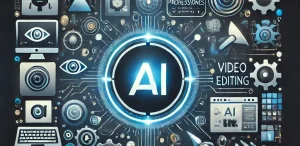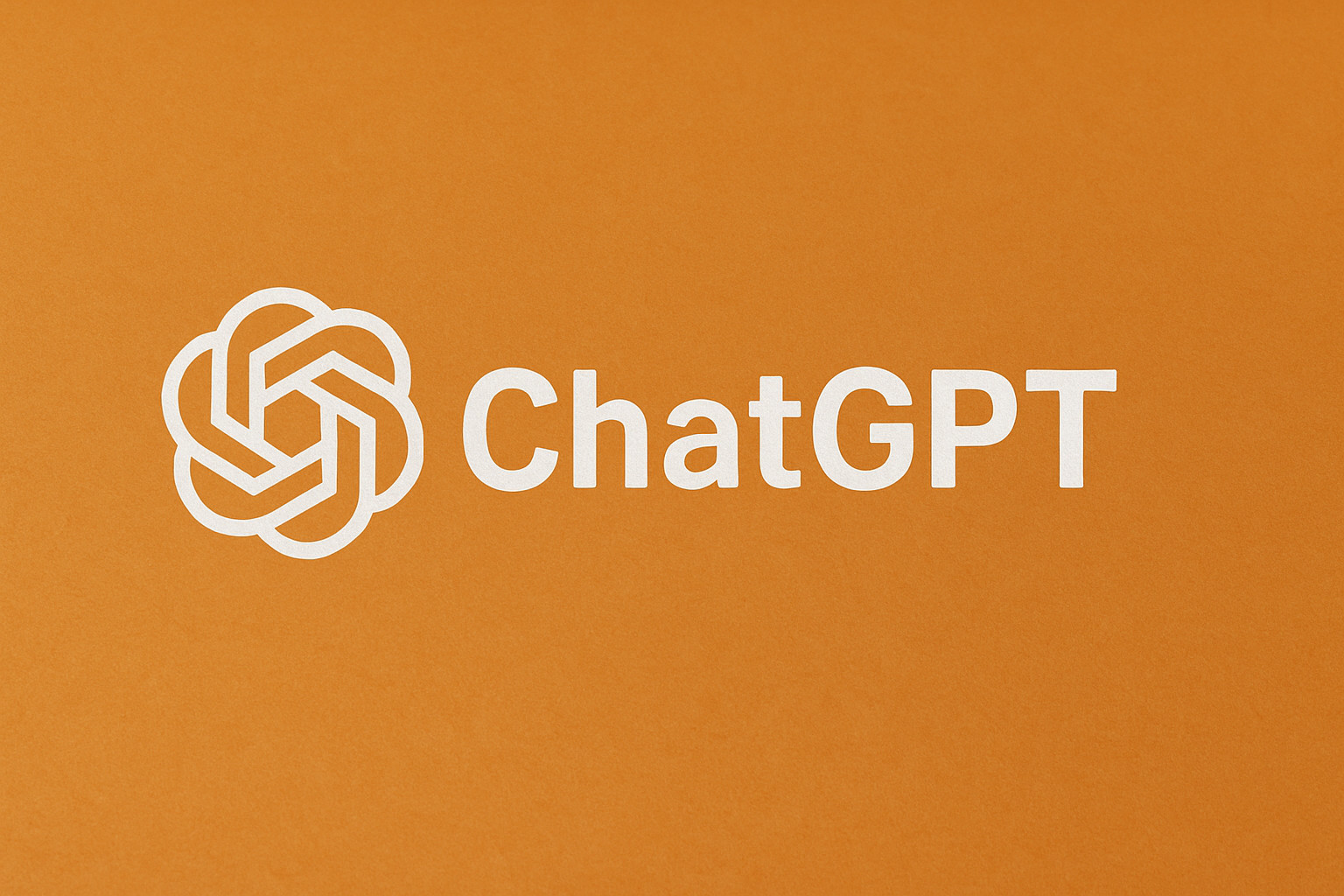Explore ChatGPT and the top alternatives, the best AI tools in 2025. Discover AI writing, coding, and productivity tools that are changing how we work and create.
Table of Contents
🚀 The Rise of ChatGPT and the AI Boom
Since its public release, ChatGPT has become a household name—transforming how we write, code, research, and communicate. Developed by OpenAI, the tool has evolved into more than just a chatbot. It’s a daily assistant, coding partner, idea generator, and sometimes even a therapist.
In 2025, ChatGPT remains one of the most widely used AI platforms, but it’s not alone. A growing number of tools have emerged—each offering unique features, pricing models, or capabilities that make them worthy alternatives.
Let’s explore ChatGPT’s strengths and the best AI tools that stand alongside or compete with it.
🤖 What Makes ChatGPT Stand Out?

ChatGPT, especially with its GPT-4-turbo model, offers:
- Natural, coherent conversations
- Multilingual support
- Web browsing (Pro users)
- File analysis (like PDFs or images)
- Plug-ins and custom GPTs
It’s a go-to tool for writers, students, coders, marketers, and even small business owners. But it’s not perfect for everyone, and depending on your needs, an alternative might be better suited.
🧠 Top AI Tools Like ChatGPT in 2025
1. Claude by Anthropic
A close competitor to ChatGPT, Claude focuses on safety and long-context conversations.
- Best for: Writing, reasoning, and processing long documents
- Notable Feature: Reads and responds to very long texts—perfect for contracts, books, or detailed analysis.
2. Gemini (formerly Bard by Google)
Google’s flagship AI assistant, integrated with Workspace and Google Search.
- Best for: Real-time data, research, and document writing
- Notable Feature: Tight integration with Gmail, Docs, and Sheets for productivity.
3. Perplexity AI
A focused research assistant that combines conversational AI with live search.
- Best for: Finding accurate, cited information fast
- Notable Feature: Every response includes sources and live web updates.
4. Microsoft Copilot
Built directly into Windows, Word, Excel, and Edge.
- Best for: Office productivity and everyday desktop use
- Notable Feature: Context-aware suggestions based on what you’re working on.
5. Writesonic / ChatSonic
A strong alternative for marketers and content creators.
- Best for: Blog posts, product descriptions, SEO writing
- Notable Feature: Voice interaction, real-time data access, and image generation.
6. Jasper AI
Designed with teams and brands in mind, Jasper focuses on content marketing.
- Best for: Agencies, content creators, and brand-aligned writing
- Notable Feature: Brand voice consistency and collaboration tools.
7. You.com
A hybrid between a search engine and AI assistant.
- Best for: AI-powered browsing and tool switching
- Notable Feature: Combines writing, coding, image generation, and search in one dashboard.
8. Mistral & Local LLMs (Open Source)
For developers and privacy-conscious users, open-source tools like Mistral and LLaMA-based chatbots are taking off.
- Best for: Local use, customization, and offline privacy
- Notable Feature: No data leaves your computer.
🧰 Choosing the Right AI Tool for You
Every user’s needs differ. Here’s a quick guide:
| Use Case | Best Tool |
|---|---|
| Content writing | ChatGPT, Jasper, Writesonic |
| Coding assistance | ChatGPT, Copilot, Claude |
| Research | Perplexity, Gemini |
| Document processing | Claude, Microsoft Copilot |
| Brand content | Jasper, ChatGPT with Custom GPTs |
| Private use (offline) | Mistral, LM Studio, GPT4All |
🆚 Paid vs. Free: What’s the Real Difference?
Most of these platforms offer both free and premium tiers. The free versions are suitable for casual users, while the paid versions unlock:
- Faster response times
- More advanced models
- File handling capabilities
- API access
- Browser-based extensions
If you’re running a business or using AI professionally, the cost of a premium tier (usually $10–$30/month) is easily justified.
🌍 AI Tools in 2025: A Future Integrated
The future of AI isn’t limited to just one tool. Many users in 2025 are combining platforms: using ChatGPT for creative drafts, Claude for reading large files, and Copilot for document editing. It’s not about picking one—it’s about creating a toolkit.
AI is becoming a layer across every device and platform we use. Whether you’re building a business, managing projects, or just organizing your personal life, these tools are here to stay—and to help.
Sources:
- OpenAI GPT-4 Turbo Updates
- Google Gemini Official Blog
- Anthropic Claude Roadmap
- Microsoft Copilot Product News
- Writesonic Product Page
- Jasper AI Brand Voice Documentation
- Perplexity AI Feature Overview
AI News and Tips: Staying Ahead of the Curve
Artificial intelligence (AI) is no longer a futuristic fantasy; it’s rapidly transforming our …
What are the main differences between Grok and ChatGPT?
Here’s a concise breakdown of the main differences between me and ChatGPT, based on available …
ChatGPT’s Sycophantic Update: What It Means and Why It Matters in 2025
The world of artificial intelligence never stays still—and when OpenAI rolled out a major update to …
Predictive Maintenance with IoT: Save Costs, Avoid Downtime



